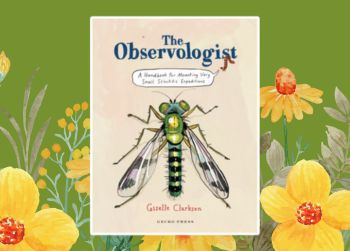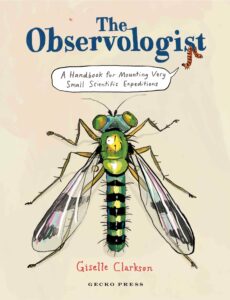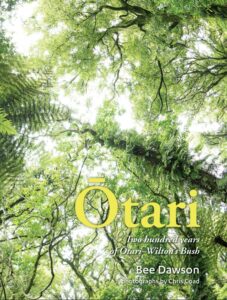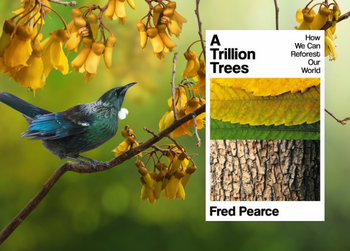“Ka ora te whenua, ka ora te tangata – when the land is well, the people are well. When Papatūānuku thrives, we thrive.”

It’s Te Wiki Tiaki Ao Turoa | Conservation week, and across Aotearoa there are a range of events that focus on lending a helping hand to our local environments. Consider the ways you can get involved; by volunteering, making a donation, planting your backyard, or simply by taking a walk outside and picking up rubbish along the way. Be sure to also check out our Bee Awareness Reading List and work towards filling your month up with caring actions for nature. And don’t forget that your library membership also gives you free access to New Zealand Geographic, National Geographic Magazine, National Geographic Archives, a vast range of environmental digital resources. Together we can all take part in maintaining Aotearoa’s thriving biodiversity, by making small but impactful changes to our everyday lives.
 Nature is a human right : why we’re fighting for green in a grey world / Miles, Ellen
Nature is a human right : why we’re fighting for green in a grey world / Miles, Ellen
“Nature deprivation is a fast-growing epidemic, harming the health and happiness of hundreds of millions of people worldwide – especially vulnerable and marginalized groups. Through each contributor, we discover a new perspective on why contact with nature should be a protected human right, journeying through personal narratives on mental health, disability, racism, environmental inequality, creativity, innovation and activism.” (Adapted from Catalogue)
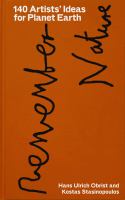 140 artists’ ideas for planet earth
140 artists’ ideas for planet earth
“Through 140 drawings, thought experiments, recipes, activist instructions, gardening ideas, insurgences and personal revolutions, artists who spend their lives thinking outside the box guide you to a new worldview, where you and the planet are one.” (Catalogue)
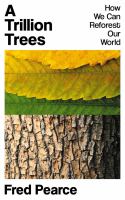 A trillion trees : how we can reforest our world / Pearce, Fred
A trillion trees : how we can reforest our world / Pearce, Fred
“Trees are essential for nature and for us, and yet we are cutting and burning them at such a rate that many forests are fast approaching tipping points beyond which they will simply shrivel and die. But there is still time, and there is still hope. Fred Pearce argues that we can have our forests back, but mass planting should be a last resort. Instead, we should mostly stand back, make room and let nature — and those who dwell in the forests — do the rest. ” (Adapted from Catalogue)
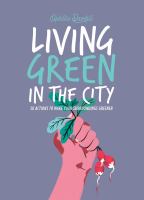 Living green in the city : 50 actions to make your surroundings greener / Damblé, Ophélie
Living green in the city : 50 actions to make your surroundings greener / Damblé, Ophélie
“Discover 50 practical actions on how you can make your environment greener. With suggestions for your home, your building, your neighborhood, and your city as a whole, Living Green in the City is full of smart ideas on how you can revegetate the area around you.” (Catalogue)
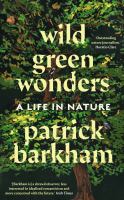 Wild green wonder : a life in nature / Barkham, Patrick
Wild green wonder : a life in nature / Barkham, Patrick
“Wild Green Wonders bears witness to the many changes we have imposed upon the planet and the challenges lying ahead for the future of nature. Barkham paints an ever-changing portrait of contemporary wildlife, through thought-provoking interviews with conservationists, scientists, activists and writers such as Rosamund Young, Ronald Blythe and other eco-luminaries, including Sir David Attenborough and Brian May.” (Adapted from Catalogue)
Continue reading “Act for nature this Conservation Week – Sep 5-11” →
